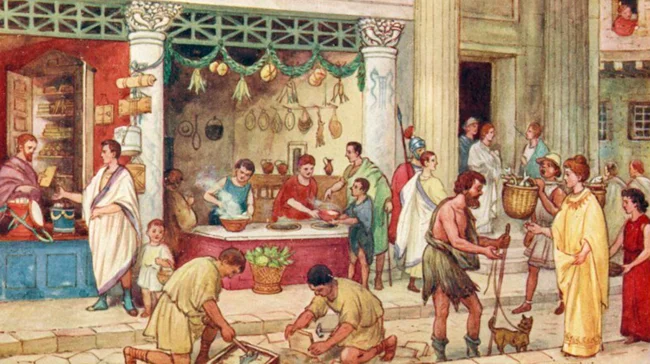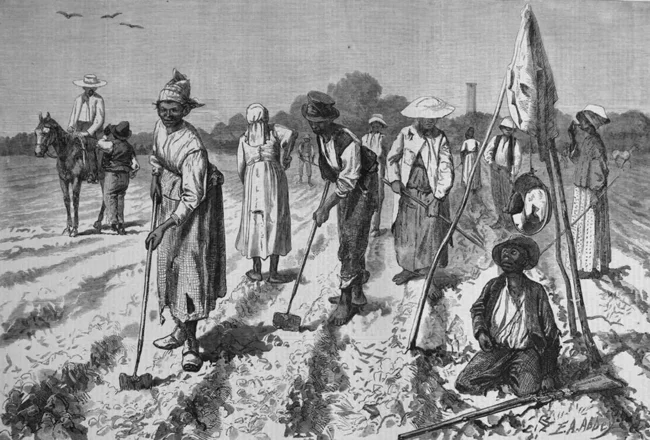How slavery differed in the Roman Empire and in America (10 photos)
In both cases, slaves were considered only "talking tools." But there is a nuance. 
In ancient times, slavery was part of everyday life. This was true not only of Ancient Rome, but to one degree or another it existed in almost every country. Rome is simply a canonical example. 
Something similar was repeated by European colonists on the territory of today's USA. But with several fundamental differences. 
In Rome, a person could become a slave due to capture in war, birth from a slave mother, or other not very cheerful circumstances. But he could also free himself - such were called freedmen. They often occupied the highest posts in the state. For example, the chancery of the emperor Claudius was headed by a freedman, and his colleague in status was the princeps's adviser on finances.
He gladly allowed the senate to reward these not only with large sums of money, but also with signs of quaestor and praetor dignity, and he himself allowed them to steal so much that once, when he complained about the lack of money in the treasury, he was wittily told that he would have plenty of money if he entered into a partnership with two freedmen, as stated by Suetonius. 
Bust of Emperor Claudius
Roman slaves were of different skin colors - for example, a fair-haired German and a dark-skinned Egyptian. There was never any racist overtones in Roman slavery. There was also a layer of educated slaves - teachers, doctors, scribes and others. These were very expensive and the owner treated them as gently as possible. First, they had to recoup the considerable money invested in their purchase, and then bring in a good profit. 
Slaves performed in arenas and fought in gladiator fights. If they survived after several fights, they began to receive even more money than any of the highest paid doctors or teachers. 
In general, there were many slaves in Ancient Rome, but they all differed in their living conditions. 
But in America it was different, blacks were brought there en masse from Africa for only one purpose - to toil on the plantations of the South. Yes, later they also began to make domestic servants out of them, but initially they were assigned only to work in the fields. There were no scientists or doctors among them. In Africa at that time, scholarship was generally so-so - you understand. 
The second difference is that the slaves were dark-skinned. And this automatically reduced their rights with the European settlers. Roman society at its peak was a fusion of many nationalities, something that was not the case in America - at least not in the southern states. 
Even if a slave was freed - which, frankly speaking, happened quite rarely - he never became equal to an American citizen. Then again, in the South, his skin color was always looked at askance and up until the 1960s, he was even forbidden to sit in the same seats with whites on public transportation. So racism in the States was still in full swing for a good hundred years after the official abolition of slavery. 
So being in slavery was equally lousy in Rome and America. But in the latter state, slaves had it harder.





























